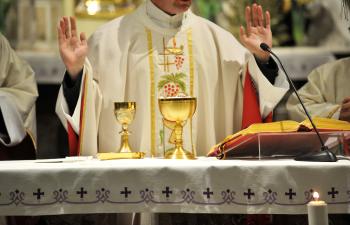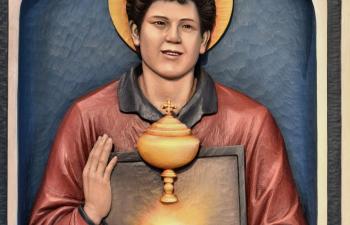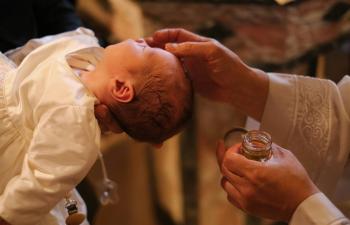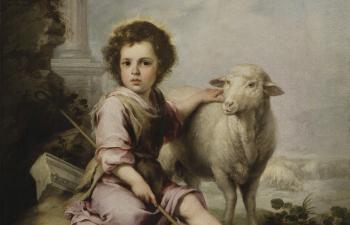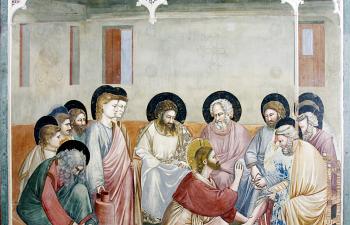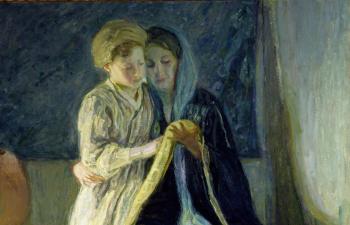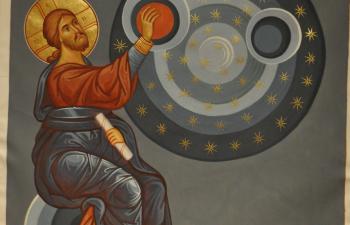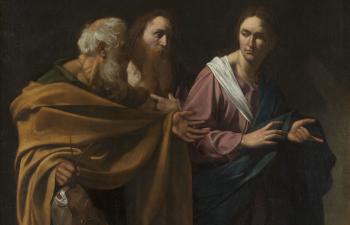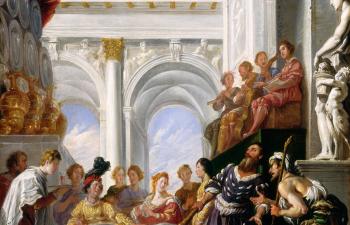In this issue's "Inspired through Art" department, Jem Sullivan introduces a method of teaching with art that follows the contours of the ancient practice of lectio divina. In addition to offering a synopsis of this promising approach, she then shows how to use it to reflect upon a masterpiece from the Italian Renaissance. We live in a visual culture. From our waking moments to the day’s end, our senses are accessing the natural world and the visual culture that surrounds us. As catechists, we know this visual culture well from our daily experience of print, electronic and social media, mass communication, and entertainment; and the dominant visual culture also shapes those we are privileged to catechize. In a culture of images, how might the rich heritage of Christian art serve catechesis and evangelization? What catechetical methods might we employ to lead those we catechize to deeper faith in Christ through reflection on masterpieces of Christian art? In this article, we will consider the ancient spiritual practice of lectio divina and its adaptation today for reflection upon works of art. To gain a good sense for how lectio divina could be employed in this way, this method will be used to reflect in a catechetical manner upon a masterpiece painting of the Annunciation by Giovanni di Paolo. Why Attend to Beauty in Christian Art? Christian art speaks the language of the Incarnation. In his book, The Spirit of the Liturgy, Pope Benedict XVI drew attention to the theological basis of Christian art when he noted that, “the complete absence of images is incompatible with faith in the Incarnation of God.”[1] Both Saint John Paul II and Pope Francis urge catechists to attend to the vast Christian artistic tradition as a means of evangelization and catechesis. Pope John Paul II observed that, “in the history of human culture…believers have gained from art in their experience of prayer and Christian living…[I]n times when few could read or write, [artistic] representations of the bible were a concrete mode of catechesis…[since] every genuine art form in its own way is a path to the inmost reality of man and of the world.”[2] Pope Francis highlights the evangelizing role of art when he wrote, “every form of catechesis would do well to attend to the “way of beauty” (via pulchritudinis). Proclaiming Christ means showing that to believe in and to follow him is not only something right and true, but also something beautiful, capable of filling life with new splendor and profound joy, even in the midst of difficulties. Every expression of true beauty can thus be acknowledged as a path leading to an encounter with the Lord Jesus…So a formation in the via pulchritudinis ought to be part of our effort to pass on the faith.”[3]
The rest of this online article is available for current Guild members.
This article is from The Catechetical Review (Online Edition ISSN 2379-6324) and may be copied for catechetical purposes only. It may not be reprinted in another published work without the permission of The Catechetical Review by contacting [email protected]




